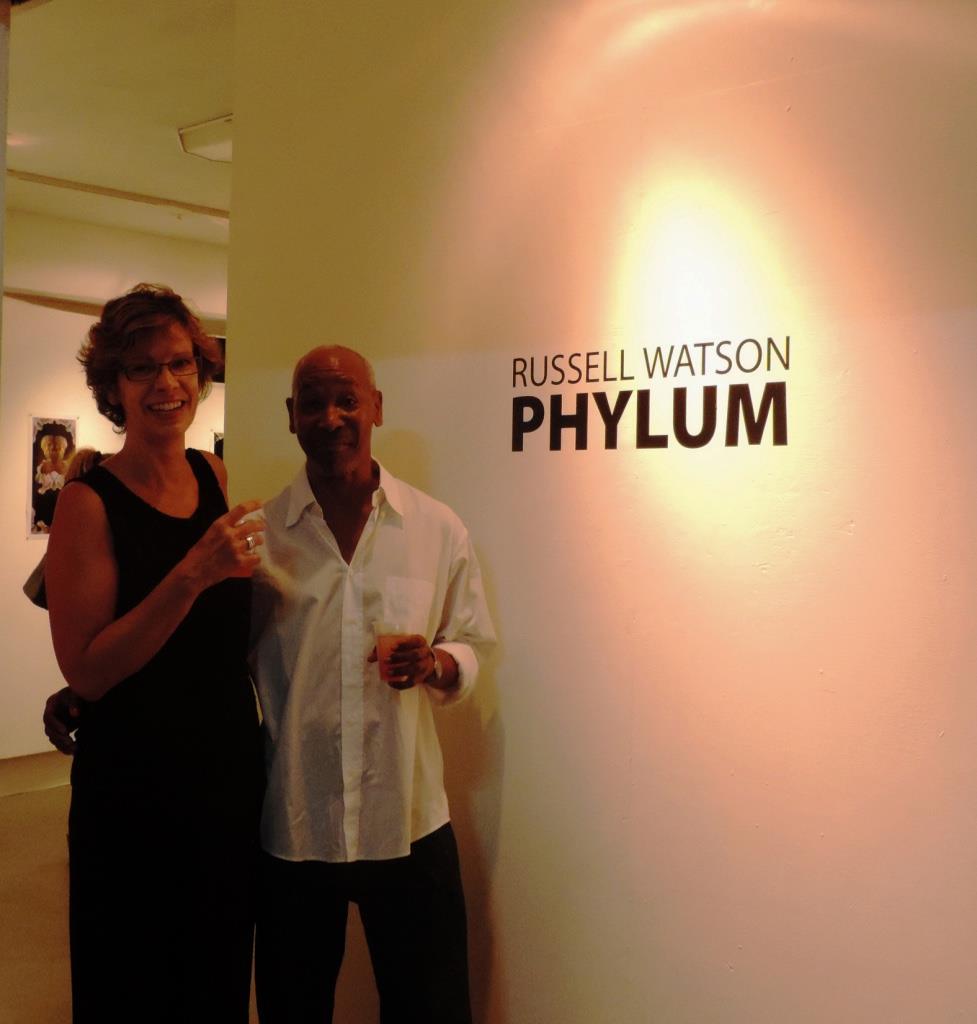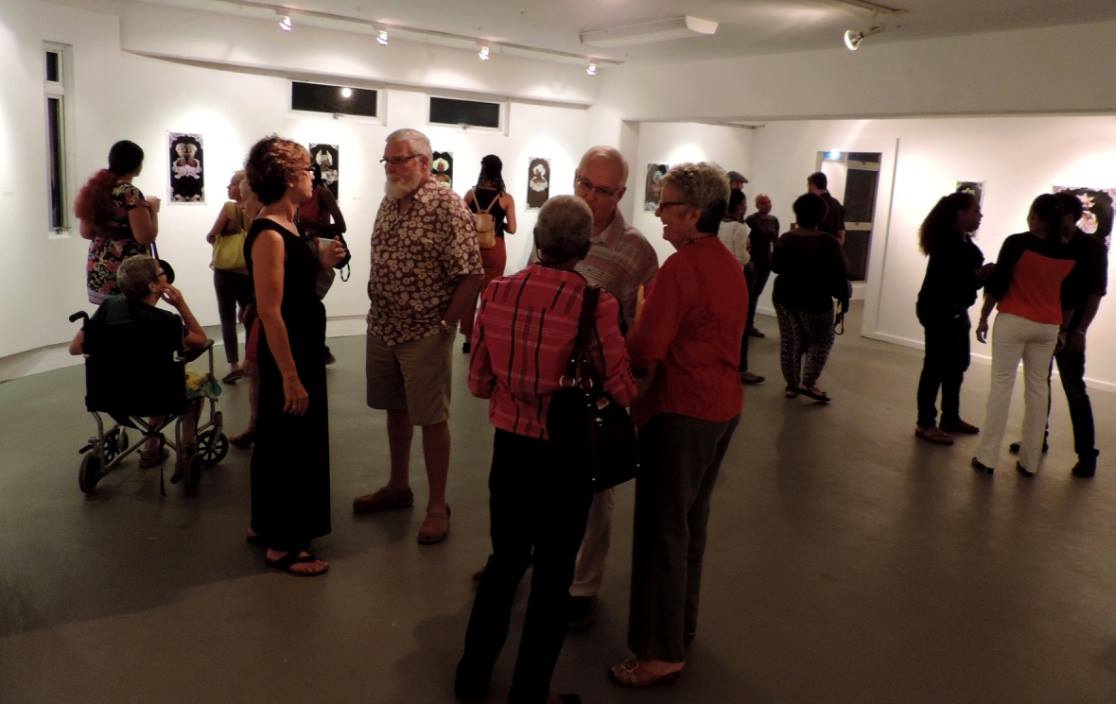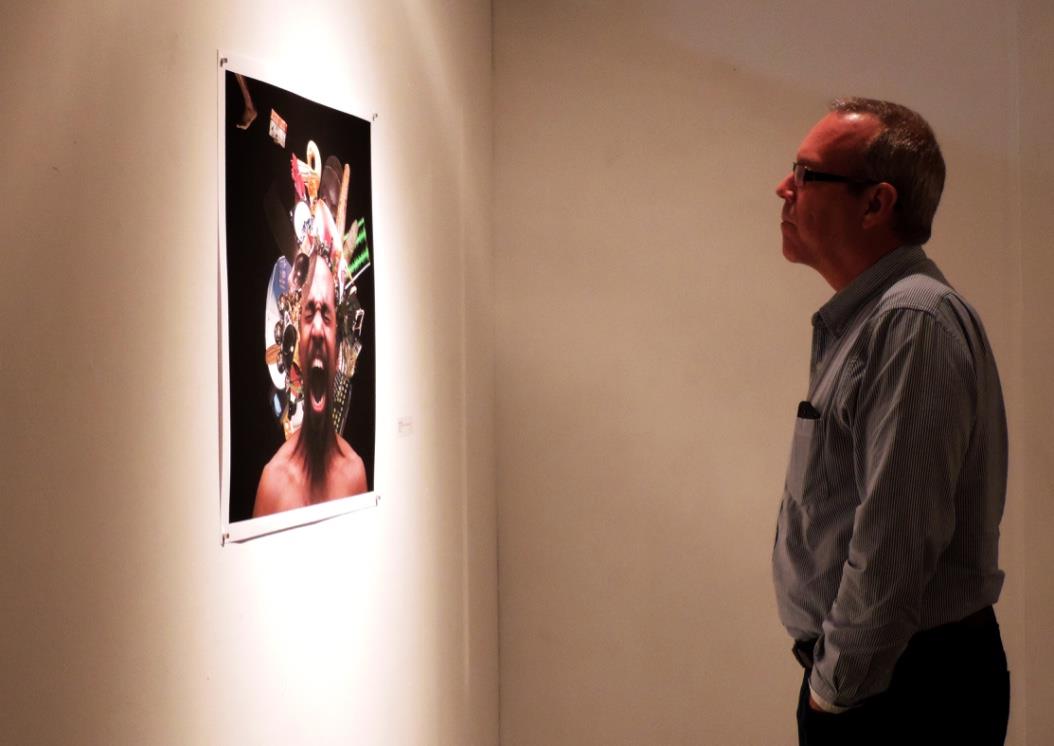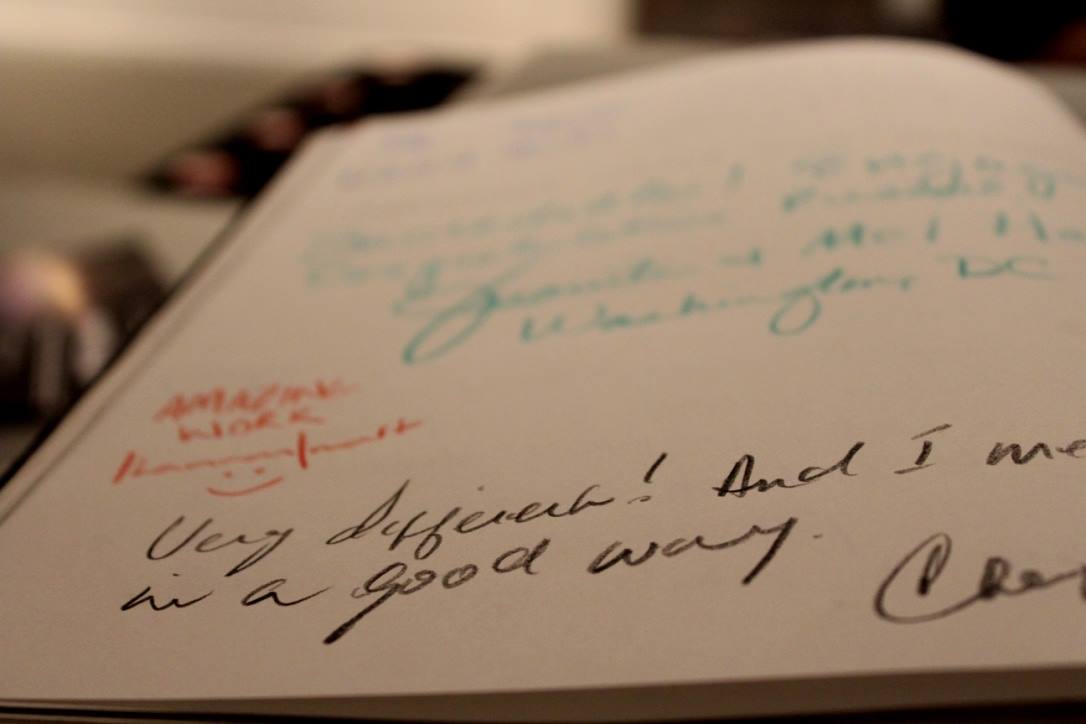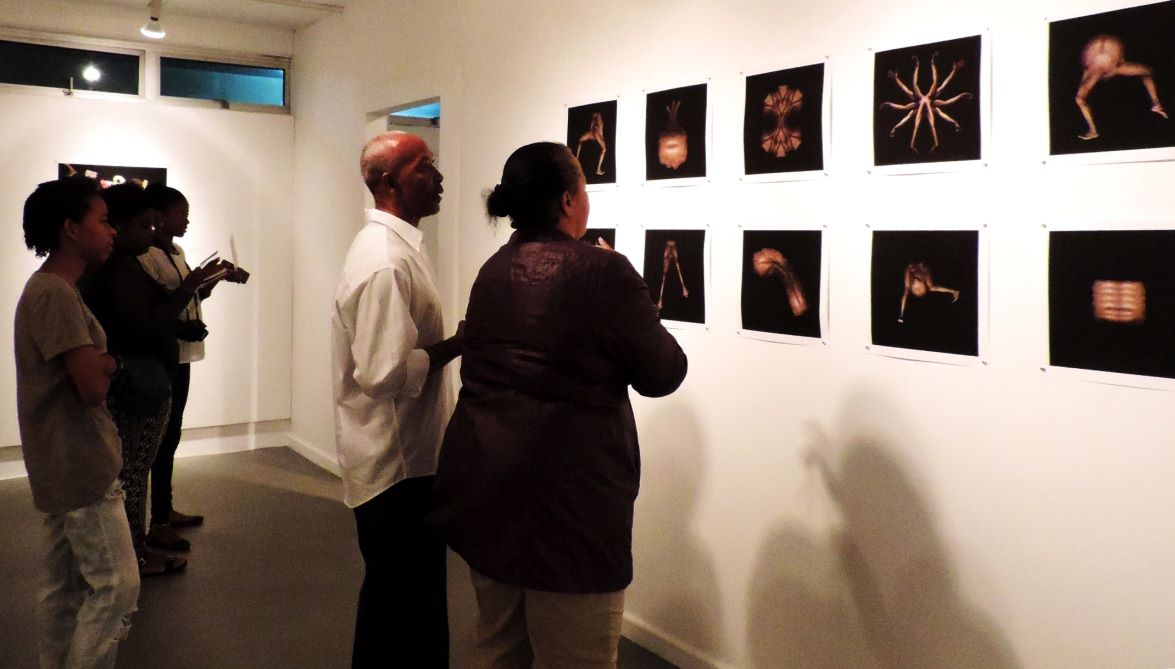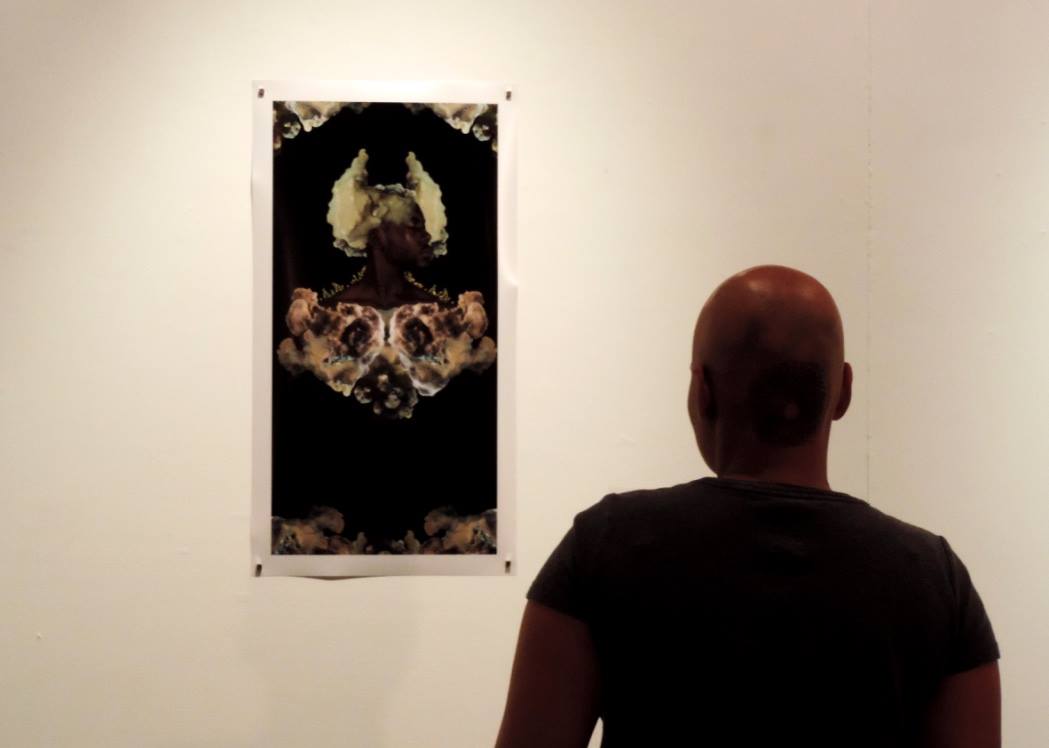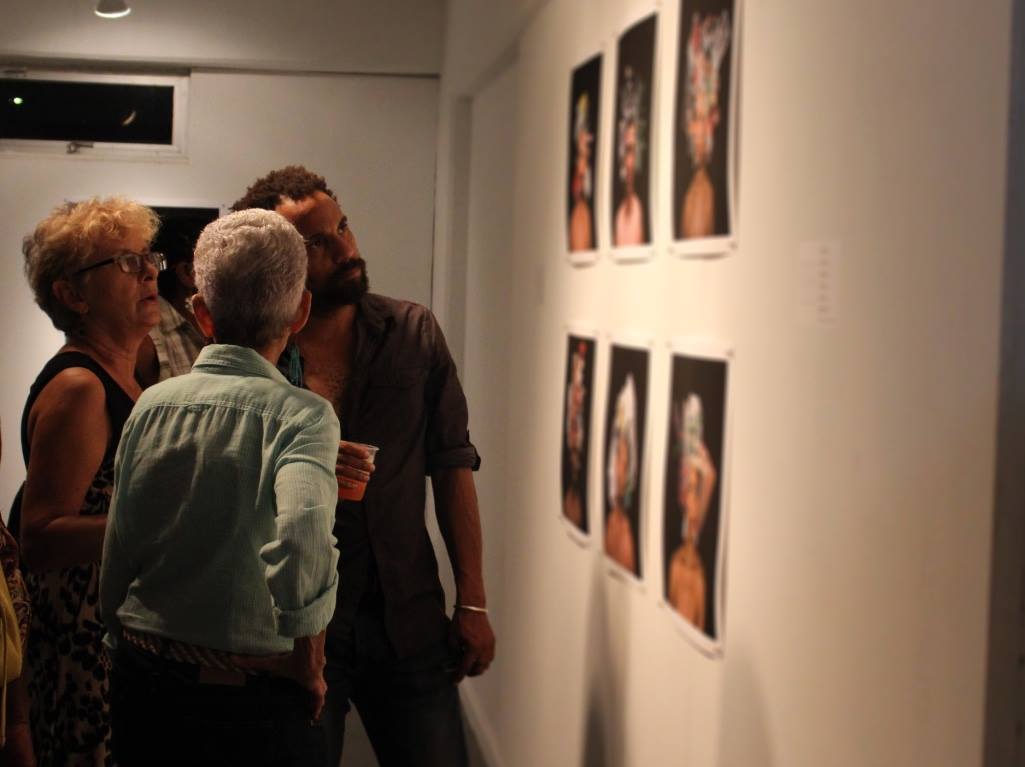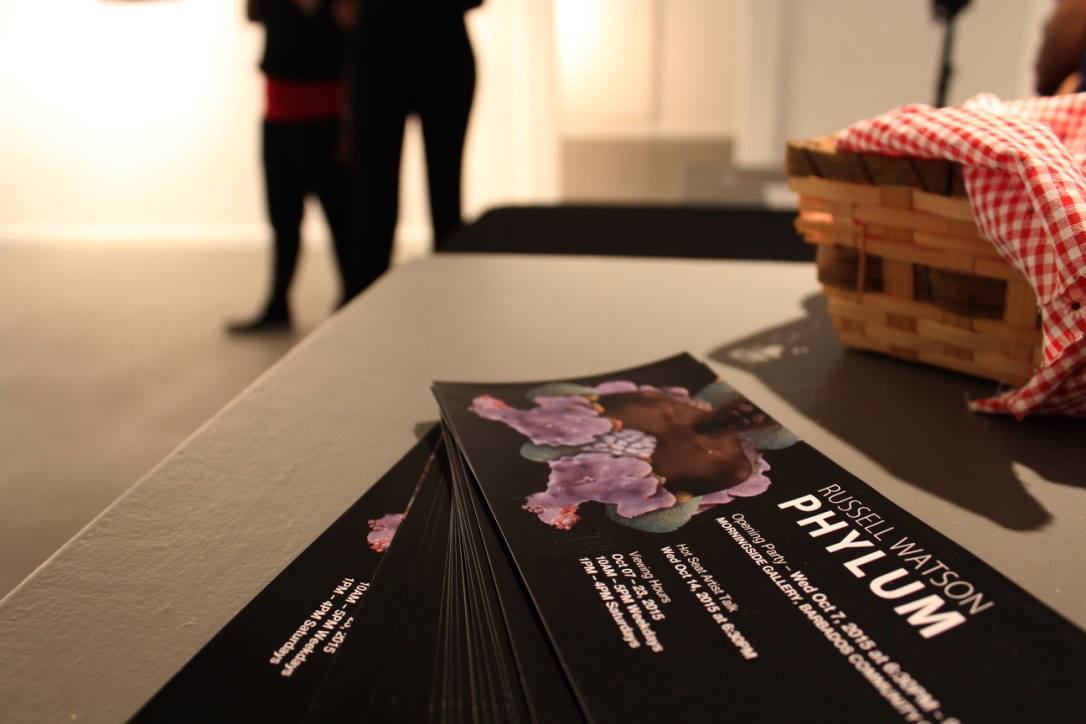Phylum: Russell Watson
Location : Morningside Gallery, Barbados Community College
Opening reception: October 7th, 2015
Exhibition dates: October 7th to October 23rd, 2015
Punch Hotseat: October 14th, 2015
email: rstudiolive@gmail.com
ABOUT THE ARTIST
Russell Watson is an artist and teacher working in theatre and digital imaging. He studied Drama in Education and Theatre Arts at the Edna Manley College and holds an MFA in Film, Video and New Media from the School of the Art Institute of Chicago. He has been Curator of Art and Media at Chicago’s historic Hot House Center and Youth Program Coordinator at New York’s Studio Museum in Harlem. His first feature film A Hand Full of Dirt won the 2011 ReelWorld Film Festival Audience Award and was nominated for the 2011 Pan African Film Festival Best First Feature Director Award. Russell Watson currently resides in Barbados teaching photography and video at the Barbados Community College and operating his multimedia workshop RSTUDIO.
CURATORIAL Statement with quotes from the artist
Humans walking on the surface of the earth, and coral rooted to the bottom of the sea are united within the Animal Kingdom. Phylum is the taxonomic rank that divides them; humans and indeed all mammals belong to the phylum Chordate while corals belong to Cnidarian. A phylum groups together all classes of organisms that share a common ancestor. While Watson’s images are suggestive of specimen photography and scientific documentation, they present the viewer with phenomena that dwell in the realm of fantasy and share an ancestral experience that is metaphysical.
Three distinct series of works produced during the last decade highlight Watson’s continued fascination with the performative and decorated body, and its interactive potential within the spaces of masquerade, metaphysics and our environment. Authored Bodies is the earliest series dating from 2004-05 when the artist was living in Chicago. Watson’s early training in dance and theatre is evident as he manipulates and distorts images of his own body.
“It was really about an intuitive approach to digital technology; using the digital technology in the way I used to deal with clay. I would take it drop it, look at it , see a form and then refine the form. And so it was a similar thing using the body was coming and allowing it to take shape in a very intuitive way.”
Head Cases, the second series, was made when the artist was living in New York. Portraits of acquaintances most of whom have migrated from the Caribbean, are surrounded by objects extracted from their domestic settings.
“Because you are transitory, the objects you have around you invariably take on this additional power.”
Hua, the title of the third and most recent series, refers to the sound of breath inhaling; the last terrestrial sound you hear before descending under water .
“In spite of how far I have traveled, how many years I have spent in places where the sea was not as close to me as I wished, it is always there and it calls to my spirit, making me dream in poetry for which I can fashion no words or structured intonation. I have tried over the years to understand why this pull is so strong and it becomes clearer and clearer with each new investigation that it is because the work is about origin and ancestry both in its primordial sense and in its contemporary socio-cultural context.”













